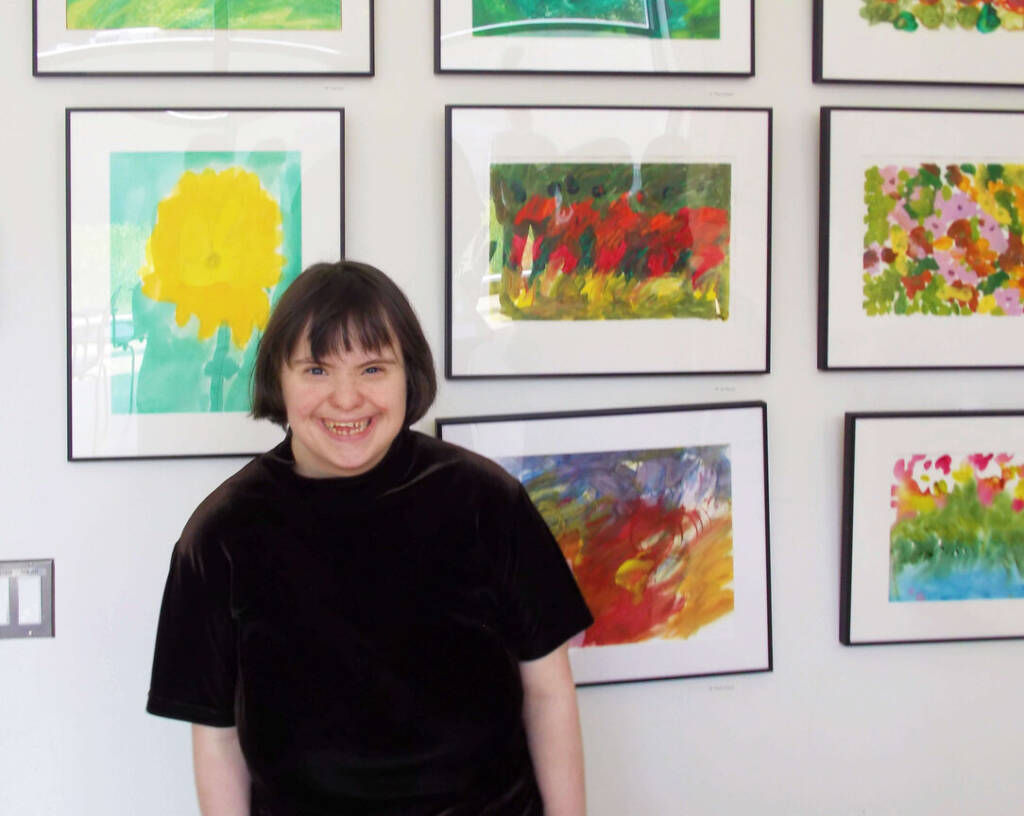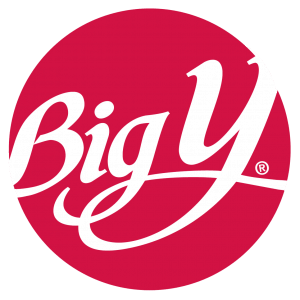For 30 years, Community Access to the Arts has brought inclusive arts programs to people with a range of disabilities. Above, CATA artist Dan performs a scene from Shakespeare in CATA’s Annual Performance (photo by Christina Lane). Big Y has supported this nonprofit organization through its Community Bag Program.
Tell us about Community Access to the Arts.
Community Access to the Arts (CATA) was founded in 1993 by dance therapist Sandra Newman. She saw the way in which people with disabilities were historically excluded from social life and particularly from the arts. Sandy, as a dancer and artist, saw an opportunity not only to bring the arts to people with disabilities but also to use the arts to connect people with disabilities with the wider community. So, she started with one arts workshop, and it just grew. Here we are 30 years later, providing a phenomenal 1,800 workshops to 800 people with disabilities every year.
What services do you provide to the community?
Our mission is to nurture and celebrate the creativity of people with disabilities. CATA provides inclusive arts programs in a dozen different art forms, including dance, visual arts, painting, drawing, creative writing, juggling, yoga, acting, drumming and singing. And these programs are specifically geared towards people with a range of disabilities, including people with developmental and intellectual disabilities, survivors of traumatic and acquired brain injuries, students in special education programs and elders with Alzheimer’s and dementia.
CATA provides inclusive arts programs in a dozen different art forms, including dance, visual arts, painting, drawing, creative writing, juggling, yoga, acting, drumming and singing.
As I mentioned, every year, we provide 1,800 workshops to more than 800 people across the Berkshires. So, we have dance and visual arts studios here in Great Barrington, but we also provide programs all throughout Berkshire County (Massachusetts) and also in Columbia County (New York) as well.

What sets you apart from other nonprofit organizations in your community?
What sets us apart from other nonprofits is something that’s really essential to CATA’S work, which is our partnerships. We can’t reach 800 people alone. We’re a small staff, and we have 25 teaching artists. But what’s really essential is the partnerships that we have, and we work with 50 different organizations, throughout the Berkshires and in Columbia County, that serve people with disabilities including day programs, schools, nursing homes and social service agencies. It’s how we can reach as many people as we do. And so, we send out our professional teaching artists throughout the community to reach people where they are.
Please tell us a story that illustrates the good work of your organization.
I have been trying to think of something that really illustrates CATA’s mission, and I just keep coming back to one particular program that we provide amongst a dozen different art forms and that is, an adaptive painting program. When we first started offering this program many years ago, it was really geared towards artists with significant physical disabilities who may not be able to hold a paintbrush or have the dexterity to apply it to the canvas.
CATA took trainings in a very specific program called Artistic Realization Technologies, or ART. It’s a one-on-one adaptive program where the artist often uses a laser pointer that might be attached to their forehead or to their wrist. And they work one-on-one with an assistant who is serving as the artist’s hands at the canvas.
It’s a very slow, methodical process where the artist is using the laser pointer to show the assistant exactly where on the canvas to apply the brush. And they’re making all of the creative decisions about the size of the paintbrush, the size and orientation of the canvas, every color and every tone.
This program speaks to CATA’s mission of making art an accessible opportunity for every person. And we have artists who have been using that art form for over 10 years and who have become prolific artists who may never have had that opportunity before and have such a gift inside of them. Without this program they may never have had that opportunity.
This program speaks to CATA’s mission of making art an accessible opportunity for every person.
What is your most outstanding achievement or contribution to the community?
CATA’s mission is really twofold. We’ve talked a lot about CATA’s programs or workshops for artists with disabilities. But it’s also about bringing the talents of our artists out into the community and bringing our community in. We partner with several local cultural organizations including the Clark Art Institute and other major cultural institutions to put on performances and art exhibits that present the work of our arts to a wide community. It’s really about bringing everyone together to hear each other’s perspectives and just to bask in each other’s talent.

What do you want people to know about CATA?
CATA is truly an organization that is for the community, by the community. We’ve continued to grow from that one small arts workshop in 1993 and continued to thrive because our community has said that this is an organization that’s important and that it represents the values that we want to instill in our community.
CATA is truly an organization that is for the community, by the community.
And CATA work is really only possible because of donations and because of the generosity of individuals and businesses in our community, including Big Y. Our work is about 87% funded by donations. It’s a testament to the spirit of inclusion that our community believes in.
How have you used the funds you’ve received from the Big Y Community Bag Program?
The funds have supported CATA’s inclusive arts workshops for people with disabilities. Our programs continue to grow, and particularly since the pandemic, demand for CATA’s programs has only grown. The pandemic was a hard time for many people with disabilities, and CATA was there for our community when they needed us. I think people have really relied on CATA’s programs to connect with one another, find joy and express themselves. Big Y’s contribution helped us continue growing our programs and provide them when people are asking for them more and more.

Chris Watford is the Communications Director of Community Access to the Arts (CATA). (Photo by David McIntyre_Chronogram)
Published August 10, 2023.

